JERUSALEM 1900
The Holy City in the Age of Possibilities
VINCENT LEMIRE
Translated by Catherine Tihanyi and Lys Ann Weiss
THE UNIVERSITY OF CHICAGO PRESS
CHICAGO AND LONDON
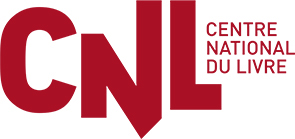
www.centrenationaldulivre.fr
The University of Chicago Press, Chicago 60637
The University of Chicago Press, Ltd., London
2017 by The University of Chicago
All rights reserved. No part of this book may be used or reproduced in any manner whatsoever without written permission, except in the case of brief quotations in critical articles and reviews. For more information, contact the University of Chicago Press, 1427 E. 60th St., Chicago, IL 60637.
Published 2017
Printed in the United States of America
Originally published in France as Jrusalem 1900. La ville sainte lge des possibles, by Vincent Lemire
Armand Colin, Paris, 2013
ARMAND COLIN is a trademark of DUNOD Editeur, 11 rue Paul Bert, 92240 Malakoff
26 25 24 23 22 21 20 19 18 17 1 2 3 4 5
ISBN-13: 978-0-226-18823-2 (cloth)
ISBN-13: 978-0-226-18837-9 (e-book)
DOI: 10.7208/chicago/9780226188379.001.0001
Library of Congress Cataloging-in-Publication Data
Names: Lemire, Vincent, 1973 author. | Tihanyi, Catherine, translator. | Weiss, Lys Ann, translator.
Title: Jerusalem 1900 : the Holy City in the age of possibilities / Vincent Lemire ; translated by Catherine Tihanyi and Lys Ann Weiss.
Other titles: Jrusalem 1900. English
Description: Chicago : The University of Chicago Press, 2017. | Translation of: Jrusalem 1900 : la ville sainte lge des possibles. | Includes bibliographical references and index.
Identifiers: LCCN 2016033493 | ISBN 9780226188232 (cloth : alk. paper) | ISBN 9780226188379 (e-book)
Subjects: LCSH: JerusalemHistory19th century. | JerusalemHistory20th century. | Urban anthropologyJerusalem. | Municipal governmentJerusalem.
Classification: LCC DS109.925 .L4613 2017 | DDC 956.94/42034dc23 LC record available at https://lccn.loc.gov/2016033493
 This paper meets the requirements of ANSI / NISO Z39.481992 (Permanence of Paper).
This paper meets the requirements of ANSI / NISO Z39.481992 (Permanence of Paper).
To Robert Ilbert, citizen of the Mediterranean
When history tries to rebuild, to reconstitute what in the past was the way of life, the way of perceiving the world, the way of living relationships with others, one must keep in mind that the people of the past had a future that may be called the future of the past, which forms part of our own past. Yet a great part of the future of the past was never realized. People of the past had dreams, desires, utopias that make up a reservoir of unrealized meaning. An important aspect of the rereading and revision of the transmitted traditions thus consists in discerning the promises not fulfilled by the past. The past is not only events, what happened and can no longer be changed (a very inadequate definition of the past), but something that remains alive in memory, thanks to what I might call the arrows of the future that were not shot or whose trajectory was interrupted. In this sense, the unrealized future of the past perhaps makes up the richest part of a tradition.
Paul Ricoeur, Identit narrative et communaut historique, Cahiers de politique autrement (October 1994)
CONTENTS
MAPS
The seven names of neighborhoods used in the Ottoman censuses of 1883 and 1905 |
Population density in the various quarters of Jerusalem at the end of the nineteenth century |
Pierre Loti in Jerusalem, 1894 |
The construction of Christian holy sites |
The Ottoman administration in Jerusalem at the end of the nineteenth century |
TABLE
The population of Jerusalem inside and outside the walls (18001914) |
FIGURES
Map published in 1881, showing that the representation of the city in four quarters took hold gradually |
Map drawn during the mission of Charles Wilson (186465) |
Map drawn by Conrad Schick in 189495, based on actual data of that time |
David Roberts, view of Jerusalem, 1841 (Library of Congress) |
The Garden Tomb around 1900 (Library of Congress, Matson Collection) |
The Garden Tomb and its surroundings |
Ali Ekrem Bey, governor of Jerusalem, with Sheikh Salam Ibn Sad, at Beersheba, 19068 |
The fountain dedicated on September 1, 1900 (Library of Congress, Matson Collection) |
The new railroad station in Jerusalem, inaugurated in 1892 (Library of Congress, Matson Collection) |
The inauguration ceremony for the new aqueduct, held on the afternoon of November 27, 1901, in the Yemin Moshe quarter, near the Sultans Pool (Archives of the Palestine Exploration Fund, Conrad Schick Papers) |
Yussuf Ziya al-Khalidi during the inauguration ceremony of November 27, 1901 (Archives of the Palestine Exploration Fund, Conrad Schick Papers) |
The municipal hospital of Jerusalem (1891), photographed during the 1920s (Library of Congress, Matson Collection) |
Solemn entrance of the German emperor, Kaiser Wilhelm II, into Jerusalem on October 31, 1898 (Library of Congress) |
The clock tower at Jaffa Gate (1907), seen from outside the walls (Library of Congress, Matson Collection) |
The pavilion of the Bezalel School of Arts and Crafts (1912) and its director, Boris Schatz, across from the Jaffa Gate |
The Austrian post office, established in the 1870s, across from the citadel of the Jaffa Gate (Library of Congress, Matson Collection) |
Charity sale organized in 1917 at the Notre-Dame-de-France nursing home for the benefit of the Red Crescent to help war victims. Albert Antbi stands on the right (Library of Congress, Matson Collection) |
This book grew out of a course taught to undergraduate history majors at the University of Paris-Est Marne-la-Valle between 2008 and 2010. My warm thanks to these students for their willingness to listen and for the unexpected questions they asked, which helped move this research forward. Thanks also to Frdric Moret, Valrie Theis, Fabienne Bock, Genevive Bhrer-Thierry, Loc Vadelorge, and to all my colleagues in the seminar Comparative Analysis of Powers (ACP / EA 3350), who supported this project throughout. In Jerusalem, the hospitable team of the Centre de Recherche Franais Jrusalem (CRFJ / CNRS-MAE USR 3132) made it possible for me to regularly spend time on the ground and in the archives. I am especially grateful for the support of its successive directors, Dominique Bourel, Sophie Kessler-Mesguich, Olivier Tourny, and, currently, Julien Loiseau, and also to Lyse Baer and Laurence Mouchnino, who extended such a gracious welcome to visitors.
Thanks to the first editor of this work, Caroline Leclerc, who made it possible that my manuscript became the book published in French by Armand Colin (2013). Thanks to Priya Nelson for welcoming this work to the University of Chicago Press, which will give it a larger audience in the English-speaking world. Thanks to Catherine Tihanyi and Lys Ann Weiss for translating the book into English. Thanks to Lys Ann Weiss and Ellen Kladky for their outstanding editorial work on the English version. Thanks to Robert Ilbert, my dissertation supervisor, who continues to inspire our way of thinking about the notion of

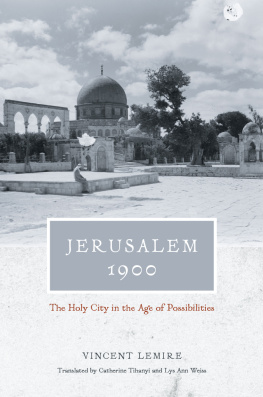
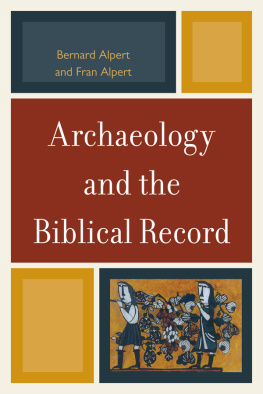
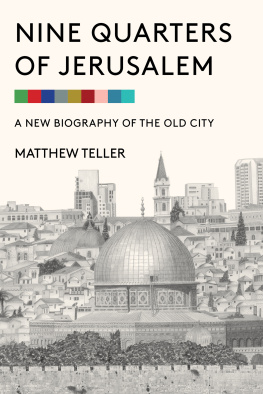
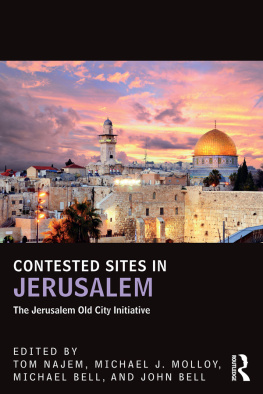

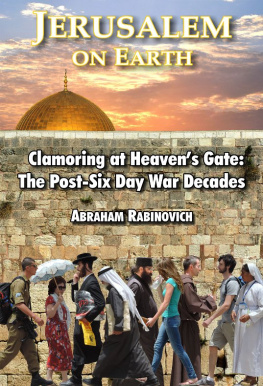
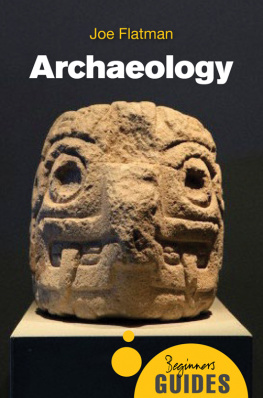
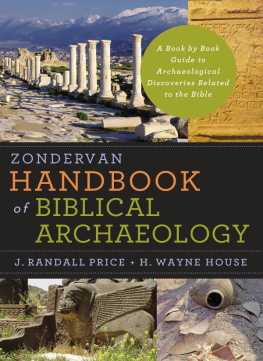

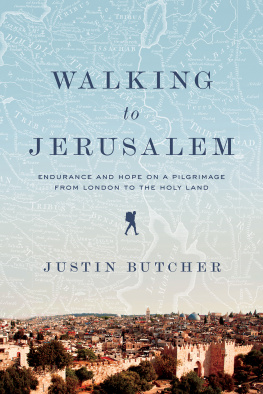

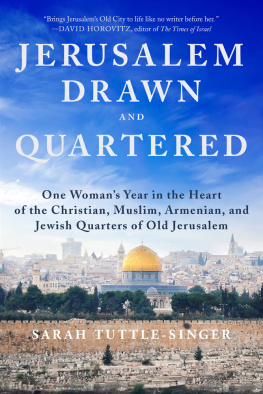
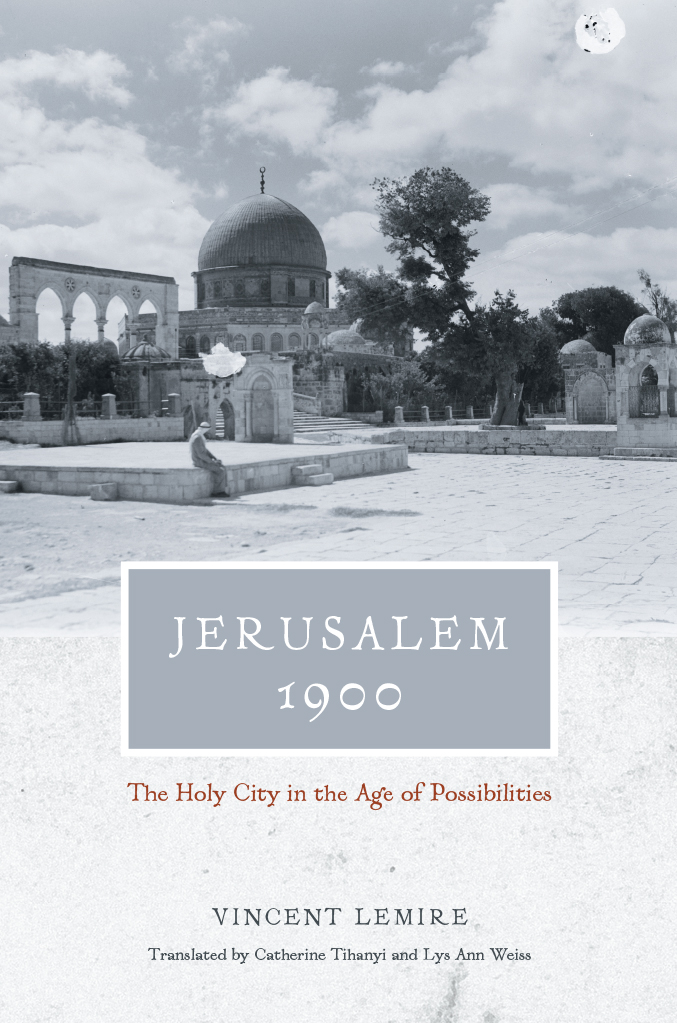

 This paper meets the requirements of ANSI / NISO Z39.481992 (Permanence of Paper).
This paper meets the requirements of ANSI / NISO Z39.481992 (Permanence of Paper).